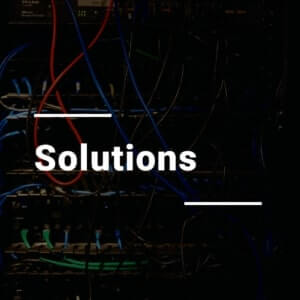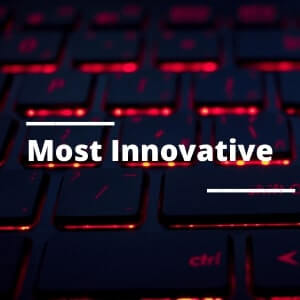 Marketing is undergoing a transformation, like any other business functions or industry this too a digital one. According to reports marketers are committed to spend more in digital media – which captures more than half of the advertising spend in the US*. Look at the technological disruptions in the industry – 5G, AI , Block Chain, Big data you name it Marketing technologies has a stake on the table.
Marketing is undergoing a transformation, like any other business functions or industry this too a digital one. According to reports marketers are committed to spend more in digital media – which captures more than half of the advertising spend in the US*. Look at the technological disruptions in the industry – 5G, AI , Block Chain, Big data you name it Marketing technologies has a stake on the table.
Are the effectiveness of these new channels and technologies a perception? Or are there right tools that provides insights driven data measurement to trust on the effectiveness
Let’s us look at some of the latest technologies and channels in the marketing space and why marketers care about these before getting deeper into the above question.
5G– 5G will revolutionize wireless performance and bandwidth to make all connected devices faster, paving the way for a slew of new services and functionality. The device that virtually all consumers carry with them at all times – the smartphone – becomes an even more powerful marketing and advertising channel with 5G.
Major 5G network deployments are expected in 2020, and a projected 4.1 billion IoT cellular connections will use 5G worldwide by 2024, according to Ericsson.
Artificial Intelligence – AI is the ability of machines to demonstrate human intelligence, performing tasks that normally require human involvement. AI is influencing the world of marketing in numerous ways. Marketers are leveraging AI to drive greater consumer engagement, as well as aggregating and analysing customer data.
AI is predicted to contribute up to $15.7 trillion to the global economy by 2030, according to a PwC Global Artificial Intelligence Study.
Block chain – Block-chain is a distributed, decentralised ledger technology that records transactions in data structures called blocks. These blocks are linked together and collectively provide secure transactions.
The relationships and interactions that occur between digital advertisers,publishers, and those who respond to advertising are an ideal application for blockchain, bringing needed transparency to digital ad supply chain
Big data and analytics – Data analytics will have a bigger impact on customer-centric insights than on traditional advertising in the next five years. Overperformers lead in extracting insights from data.
Marketing channels
According to the latest Nielsen Marketing Report** – Search, Video and social media are the top channels that marketers perceived as the most effective channels than email. At the same time their confidence in measuring ROI lies higher in Email, Display (Online/Mobile).
This means marketers have a higher faith in new channels and call them effective without having confidence in their ability to measure ROI – A scary proposition considering latest channels and technologies invite larger spending.
Here is the takeaway :
- Always have a mix of perception vs reality
- Focus on improving data quality and understand importance of right data for targeting audience, selecting channels
- Confidence and gut feelings are not enough anymore, seek out for solutions that can provide measurement for media / technology decisions
- Identify platforms that has feedback loops and continuously provide insights and ROI together with suggestions.
- Look beyond technology partner – who understand your business, walk with you for your business growth
- Invest in Data driven platforms
- Look for KPI driven solutions















